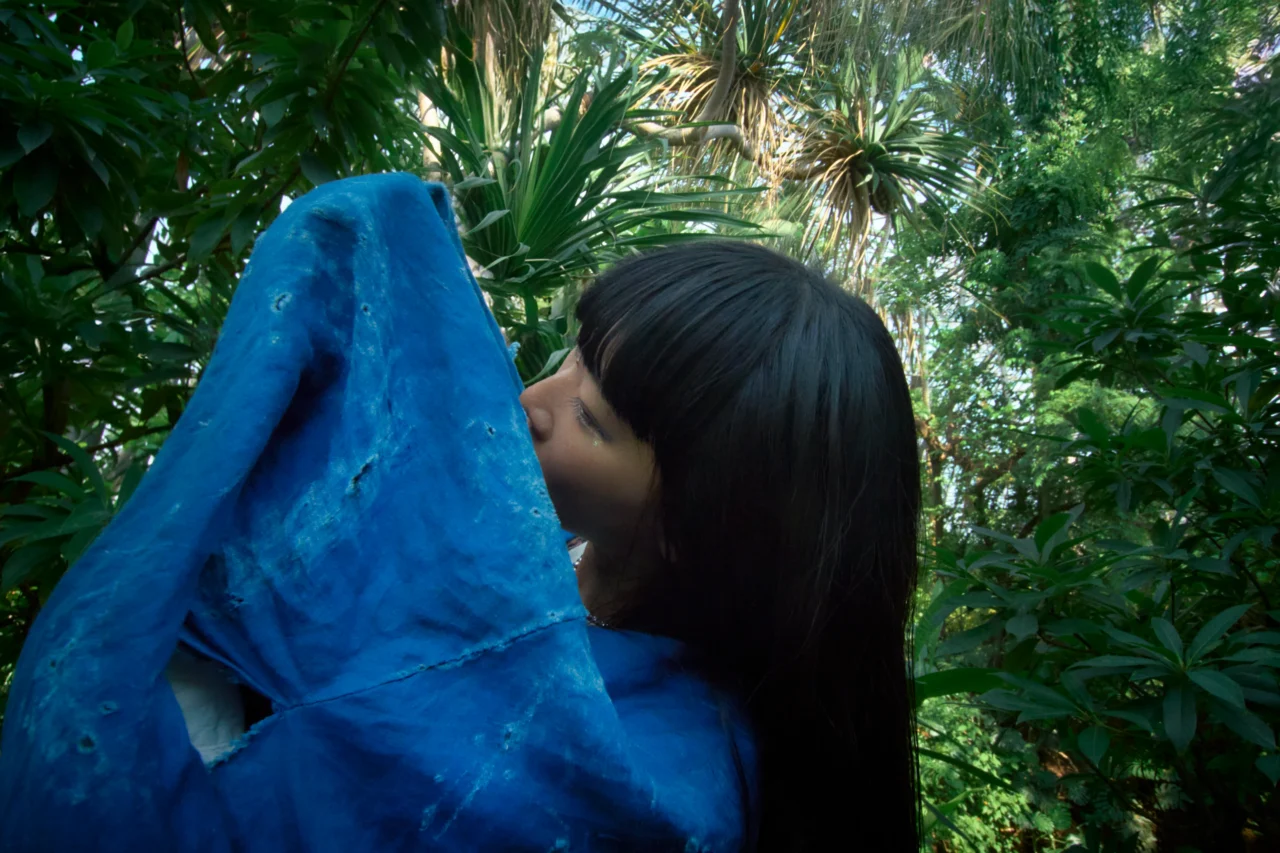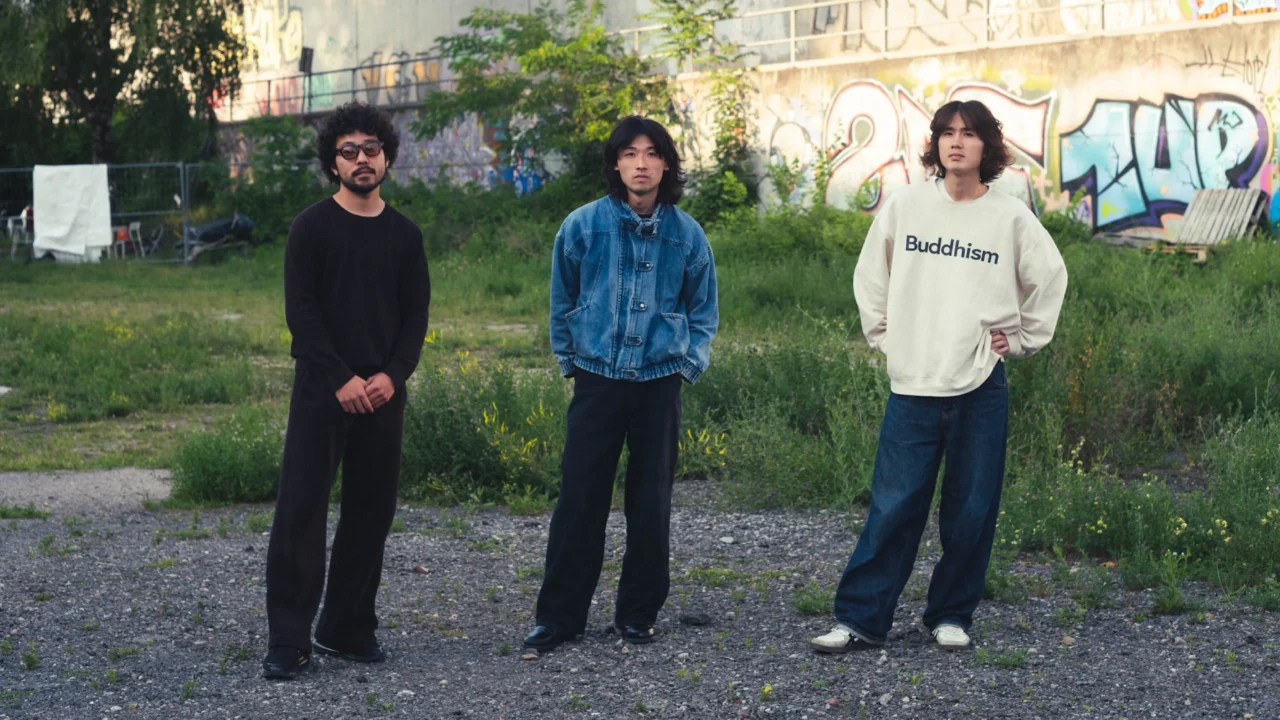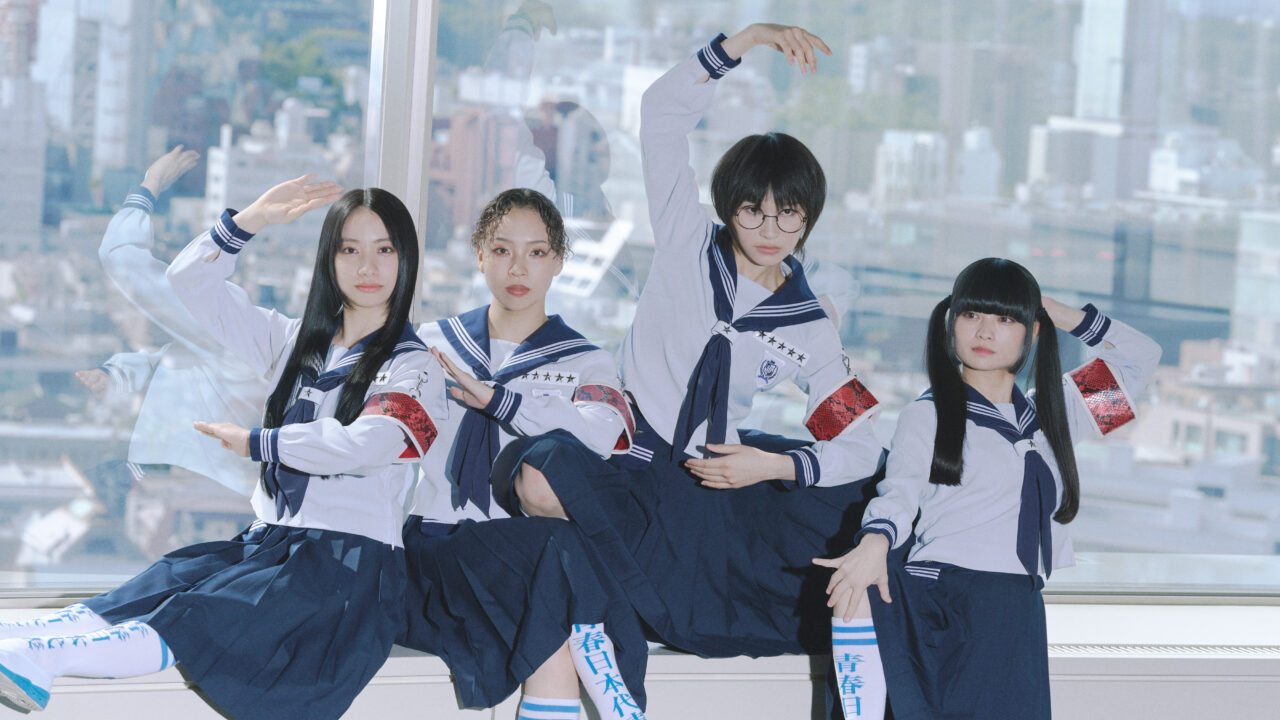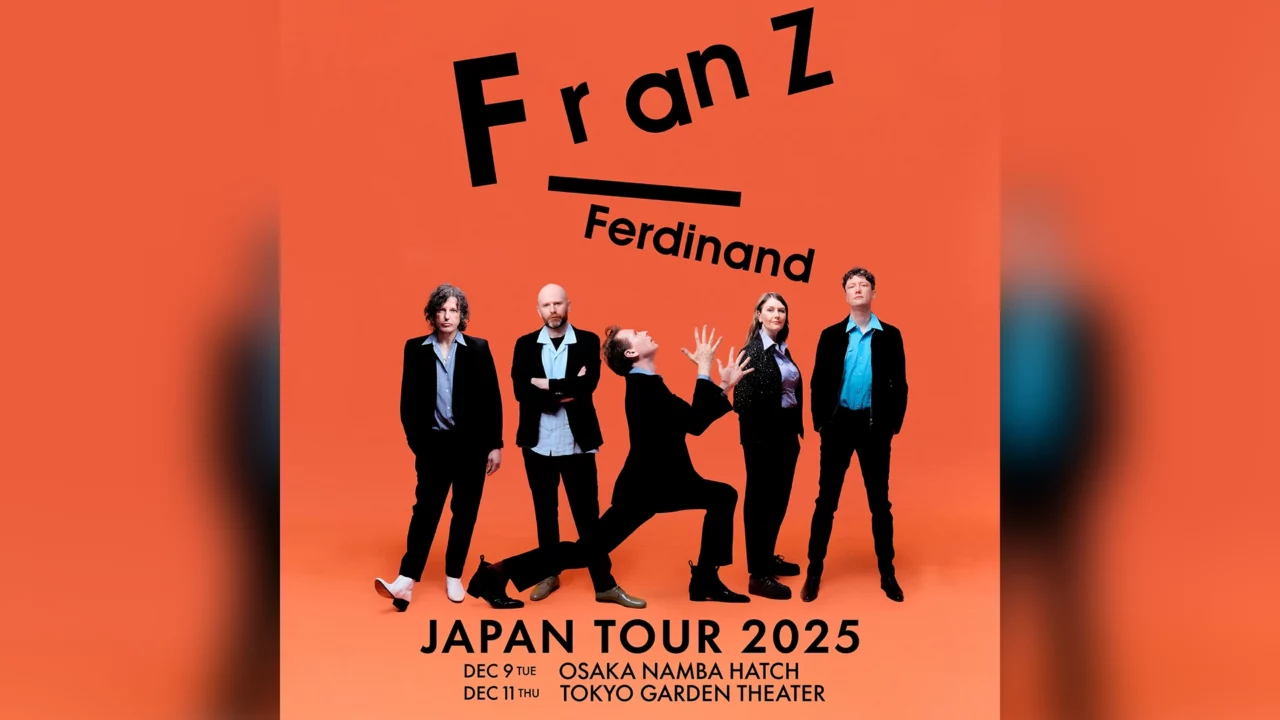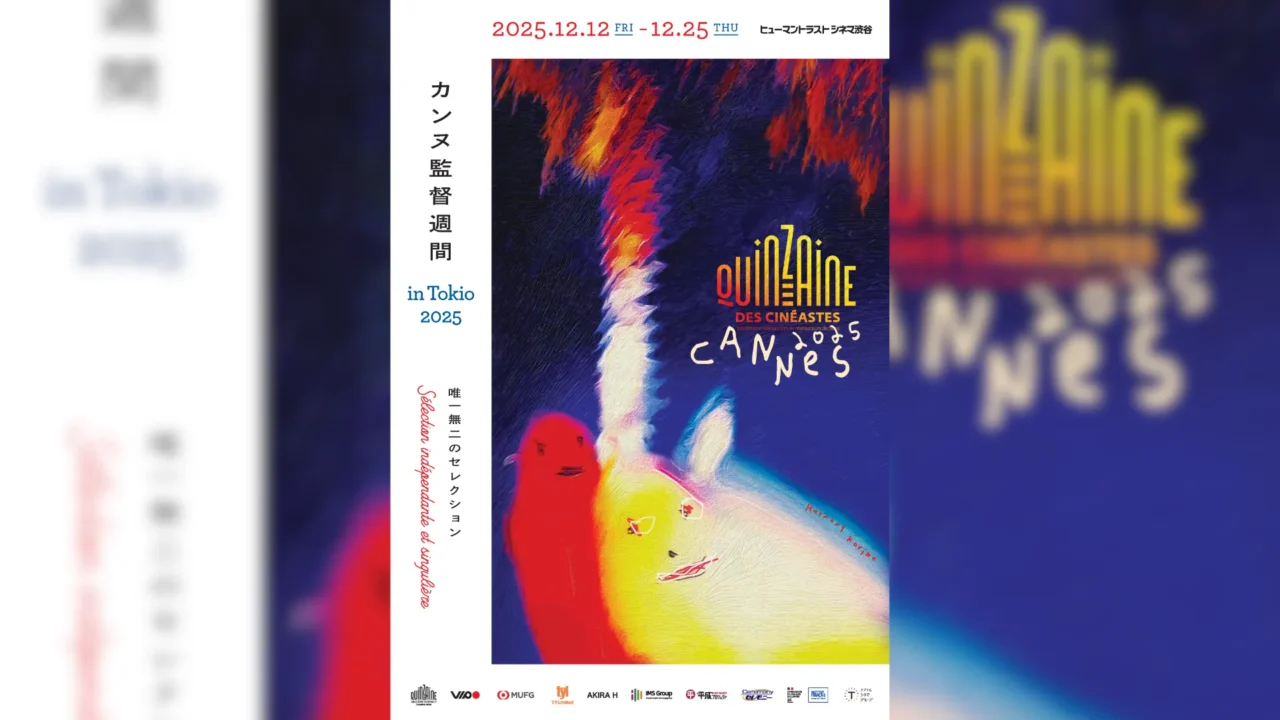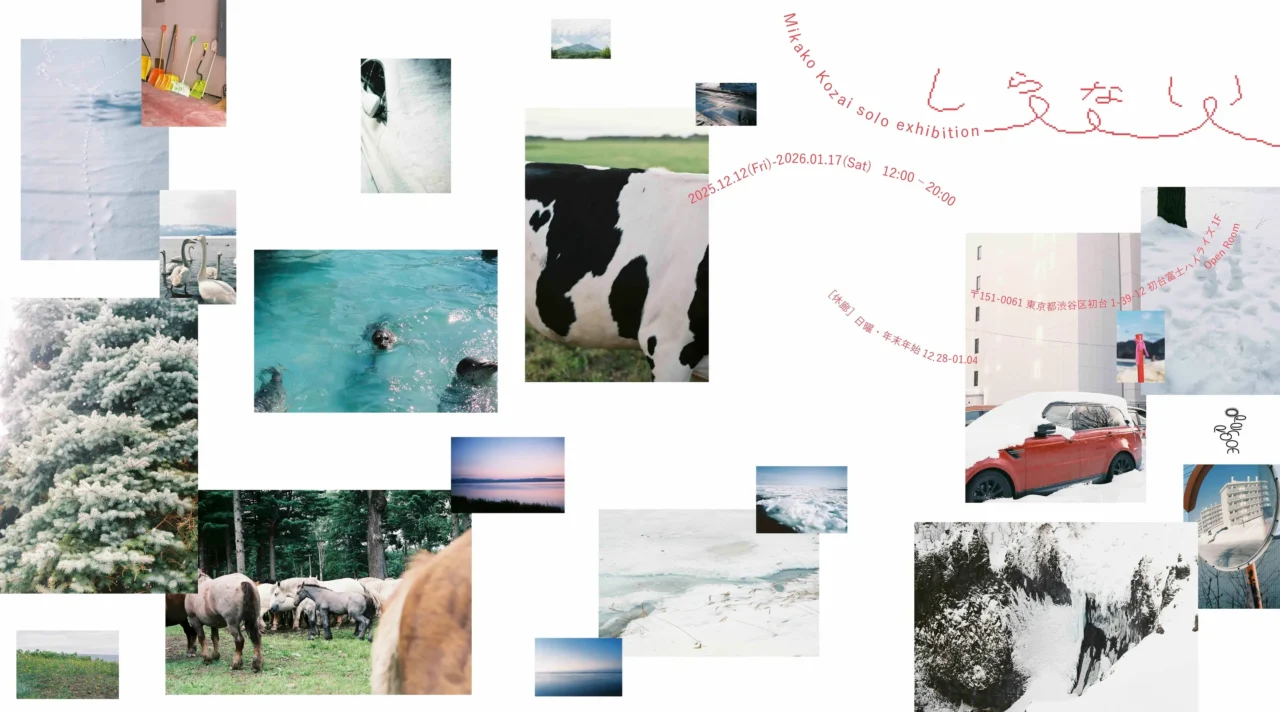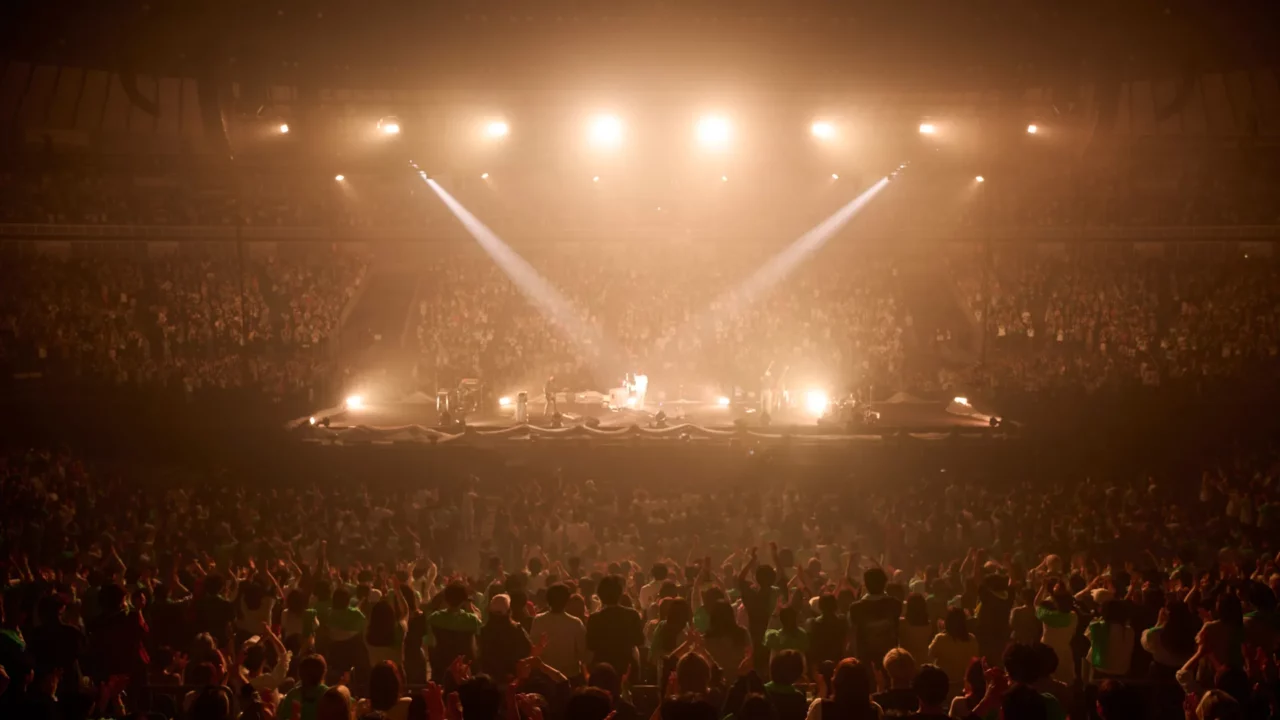INDEX
Reshaping tradition: navigating the world of folk songs
This film can be divided into two parts. The first half explores the significance of the Minyo Crusaders and “what is minyo? The second half of the film is about their world tour, including recording in Colombia.
The first half of the film shows the Minyo Crusaders performing in Japan and introduces min’yo from various regions of Japan, interspersed with footage of records and festivals. In doing so, the film unravels a multifaceted study of minyo through interviews with artists such as Motochitose and Makoto Kubota, critics such as Peter Barakan, Yuichi Kishino, and Hajime Oishi, and DJs in the Riso Yoku Mountains.
Characteristically, rhythm is emphasized. After the discussion of rhythm, the camera showing festivals in various regions focuses on the clapping and clattering clogs as well as the people dancing. The loud clapping gradually makes the folk songs sound like groovy dance music.
In this way, the activities of the Minyo Crusaders are positioned in the history of min’yo as it is reinterpreted from a variety of perspectives. After a discussion of the history of the fusion of min’yo and popular music, particularly the relationship between Latin and Japanese min’yo, a video of a concert featuring the Minyo Crusaders and the Tokyo Cuban Boys, one of Japan’s leading Latin big bands, is shown.
It is impressive that the film does not use live footage in a way that overly emphasizes the charisma of the artists, although it is not limited to this joint performance scene. In particular, the first half of the film, as soon as a live performance is shown, it is immediately mixed with footage of interviews and records. In recent years, there have been documentaries on popular artists that are more like direct promotions of new releases or lack journalism. This film stands apart from such works, and as mentioned above, it connects folk music with the Minyo Crusaders while exploring folk music itself in depth.






